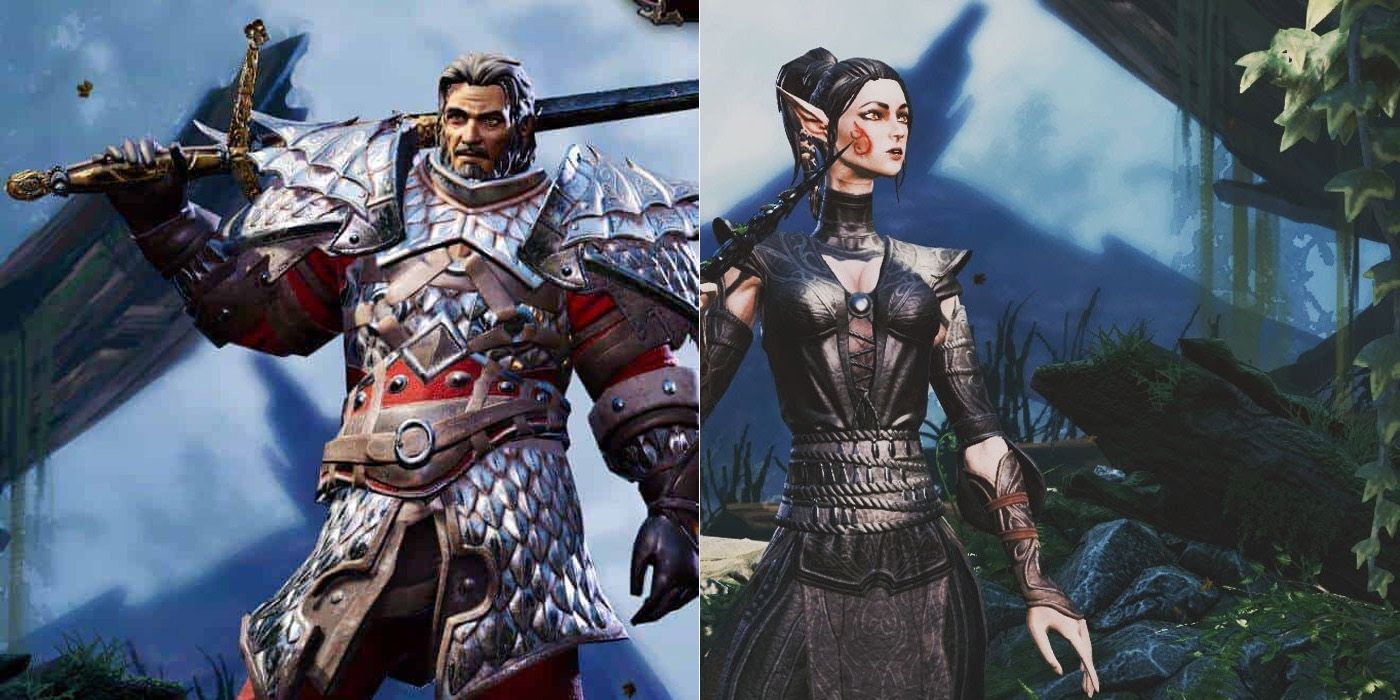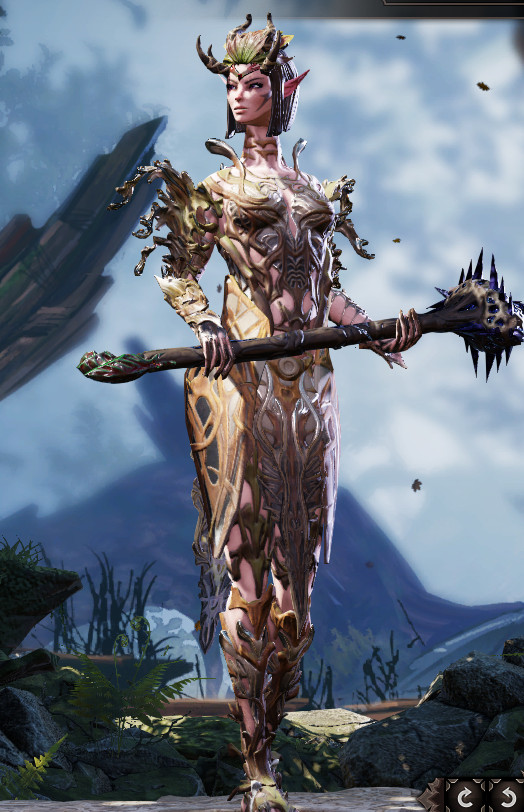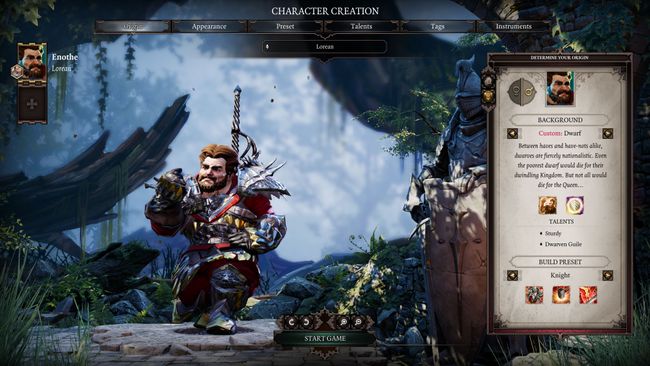
That means as the game goes along, the Cleric will need to become more specialized in either combat or healing (if not augmented by other means), which means the other skill will slightly suffer.Ĭlerics are weak enough that you should not have two on your team. Worse still, in order to maximize a Cleric's healing power, he or she will have to compromise melee power, or vice versa. They're especially vulnerable when they have to cast rapid heals if the rest of the party is in trouble.

In fact, a Cleric's melee weapon should be the last resort.Ĭlerics are generally pretty low on defense, and should stay protected. Clerics are best used in a support role, and shouldn't be the first line of attack in any fight. They have limited melee abilities, though not to the degree of Battlemages. When backed up by more specialized partners (such as a healing Cleric), a Battlemage has a high chance of surviving any fight, though it might take a bit longer than usual.Ĭlerics are primarily healers. While Fighters can deal more direct damage and Wizards have more elemental options with which to melt faces, Battlemages don't have the late-game offense of either, nor the late-game defense of Fighters (though they have better late-game defense of Wizards and other magical classes).īattlemages are great for advanced, quick-thinking players who want to be prepared for anything. The real con of the Battlemage is that they're not particularly great at either skill. They generally can attack in melee, but they have additional options if they cannot reach their target. As they level up, you can add whatever perks you want (respecting their prerequisites of course).īattlemages can be known as “spell swords” in other universes: they attempt to straddle the line between a front-line fighter and a heavily damaging mage. Remember that even if you choose a preset class for a character, that only affects his or her starting perks.

See the Character Creation wiki page for more information.Ĭhoosing a preset class can get you into the campaign faster, as well as avoid any problems from choosing incompatible or conflicting perks. However, these preset classes can be ignored entirely if you're confident that you can select a character's starting perks without conflict. Here are a few more options that work best with each character companion.Preset classes are the starting eleven archetypes that your characters can be assigned during Character Creation.

However, as players choose among which of these characters to team up with, so too could they choose their individual Classes. However, unlike the war against the Mindflayers in BG 3, Original Sin 2 takes players to Rivellon, where their characters - all Sourcerers chosen by the gods - must fight to achieve Divinity and decide the fate of the whole world. Updated Decemby Rhenn Taguiam: Fans of Baldur’s Gate 3 can take one look at the Larian Studios title and be reminded of Divinity: Original Sin 2. Thing is, which Class works best for each of the six Companions? However, while these Pre-Made Origins have set personal narratives, players can still decide which Classes their Companions become.

RELATED: Divinity Original Sin 2: 10 Tips To Defeat The Harbinger Of Doom In Act 2 Moreover, outside their Player Character, players of the Larian Studios title can choose three Companions, three of which can come from mercenaries-for-hire or this cast of Pre-Made Origins. Pre-Made Origins in Divinity Original Sin 2offer six memorable tales of life in the world Rivellon, giving players a chance to experience personal stories across six playthroughs.


 0 kommentar(er)
0 kommentar(er)
